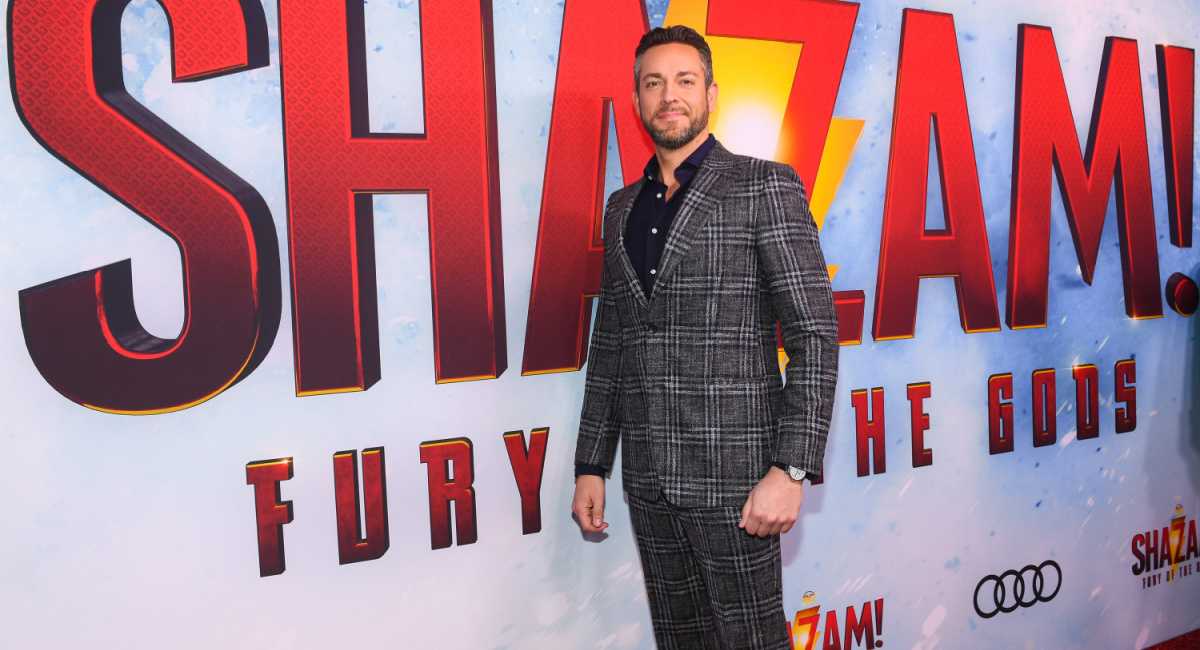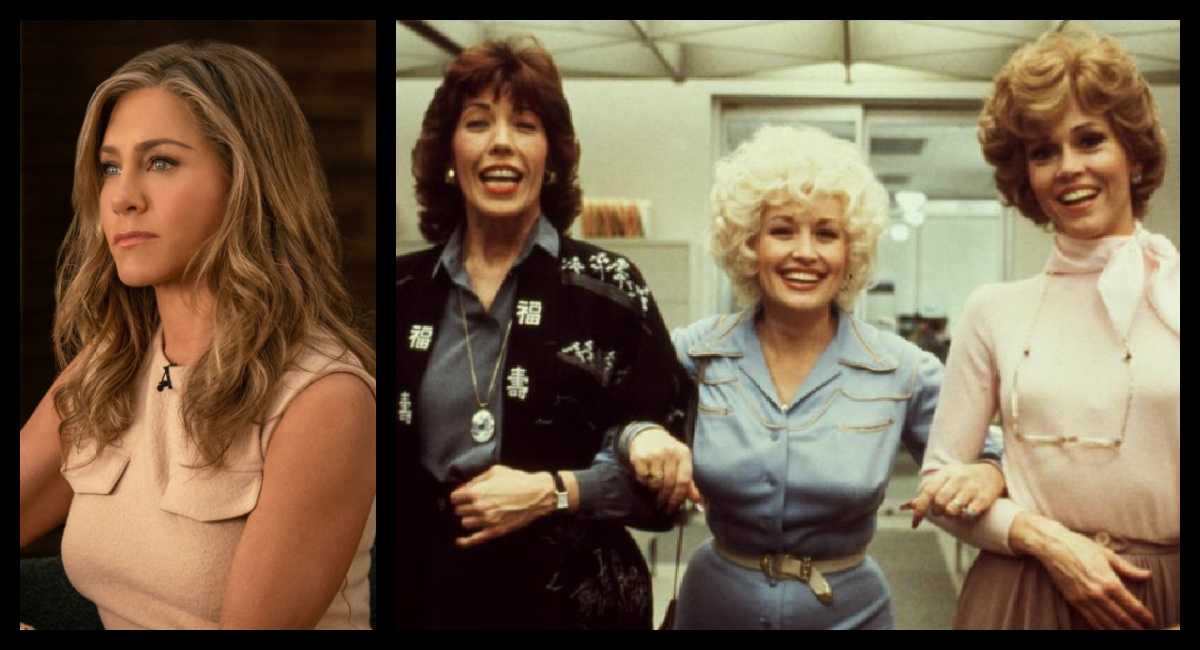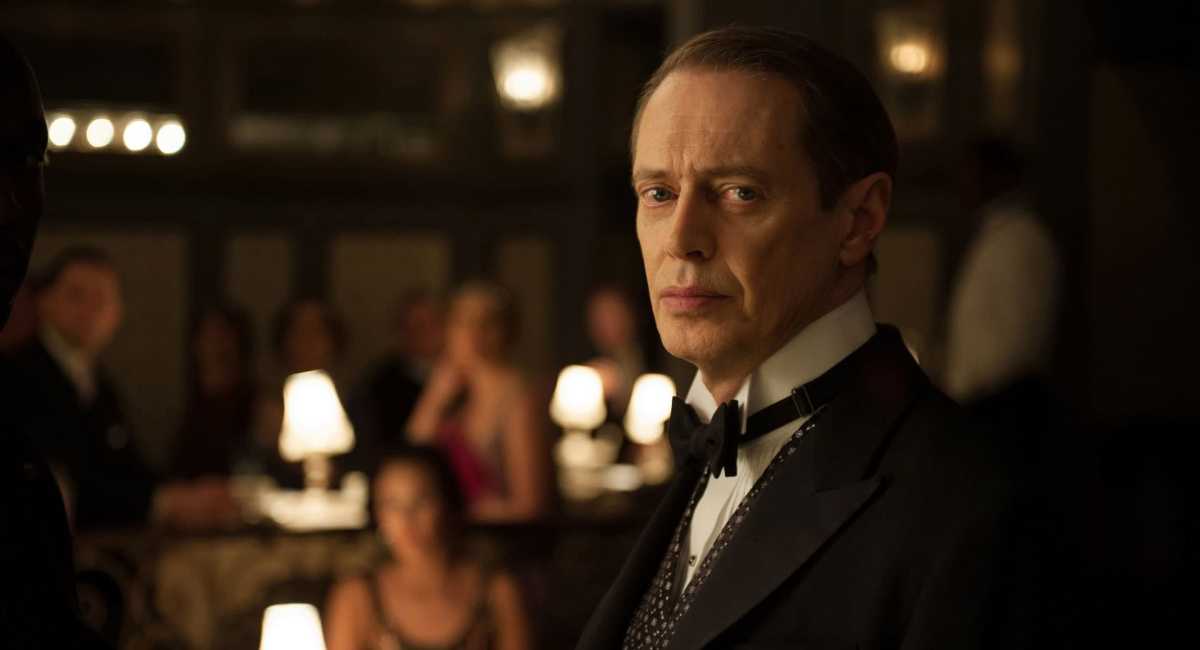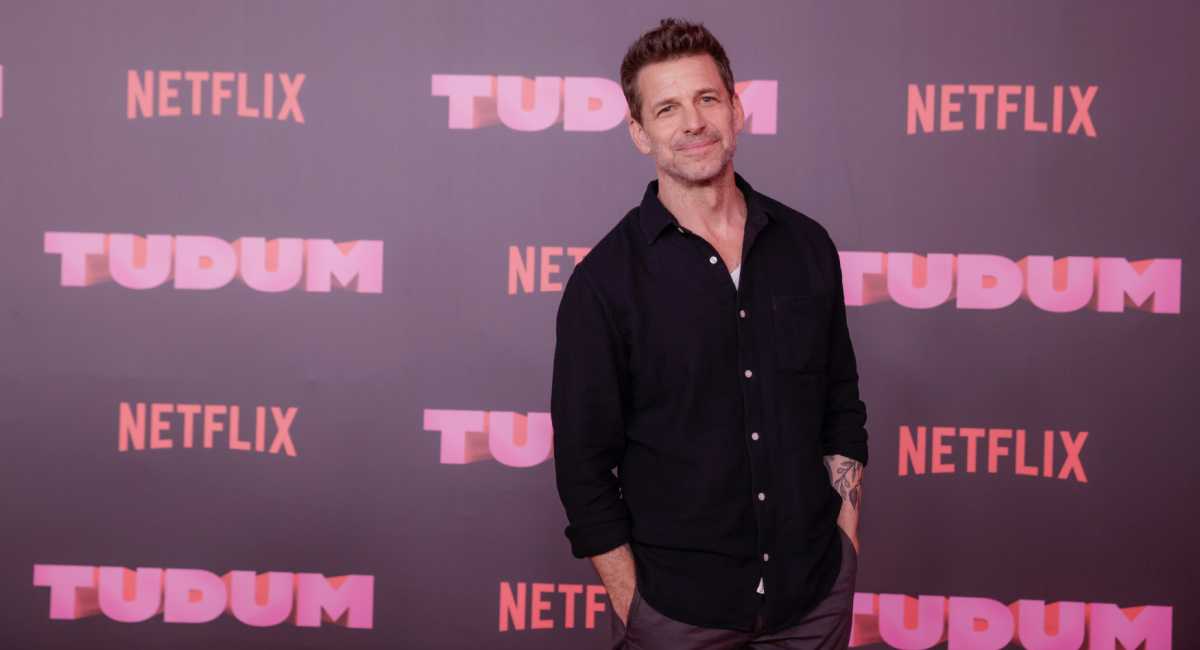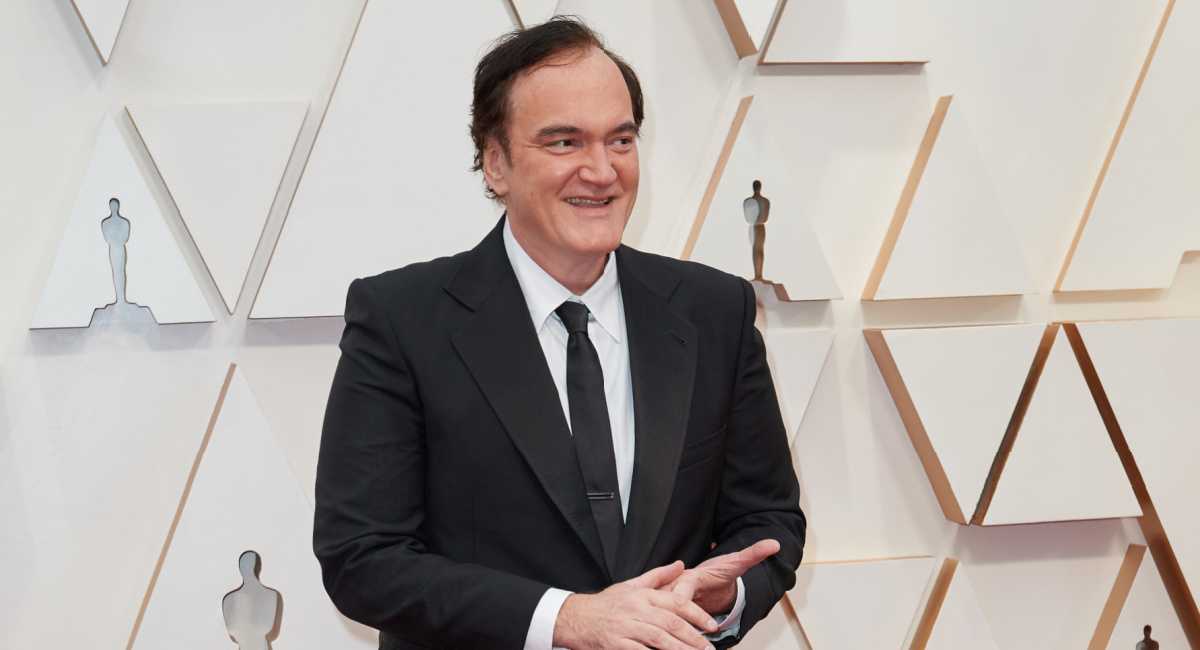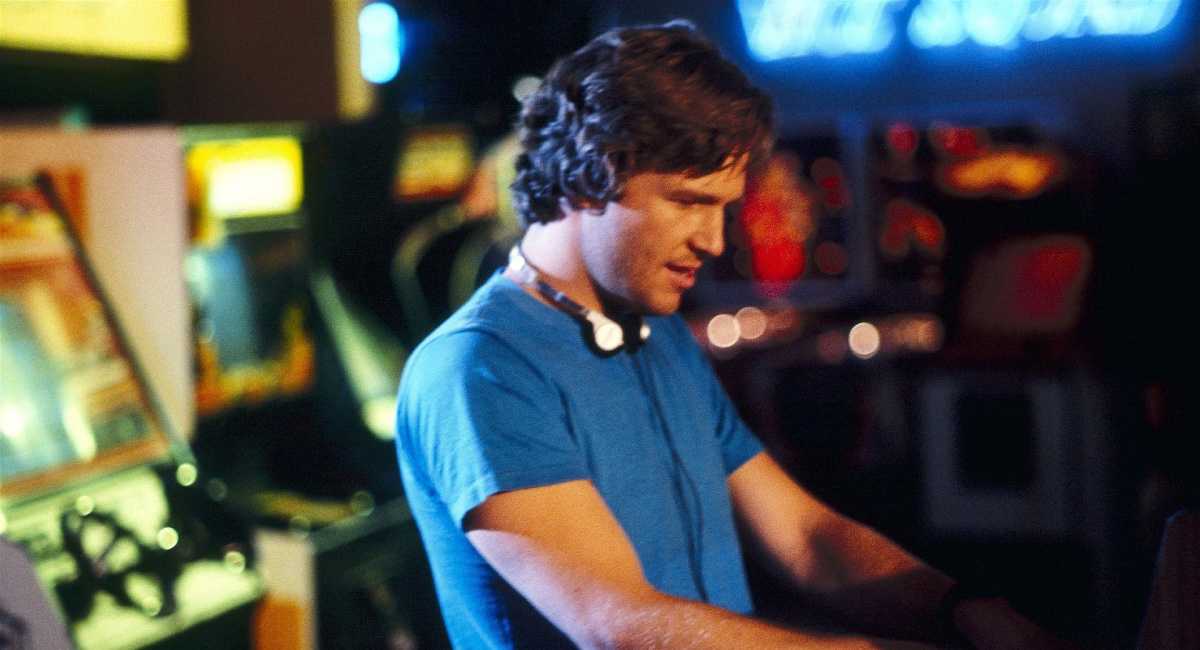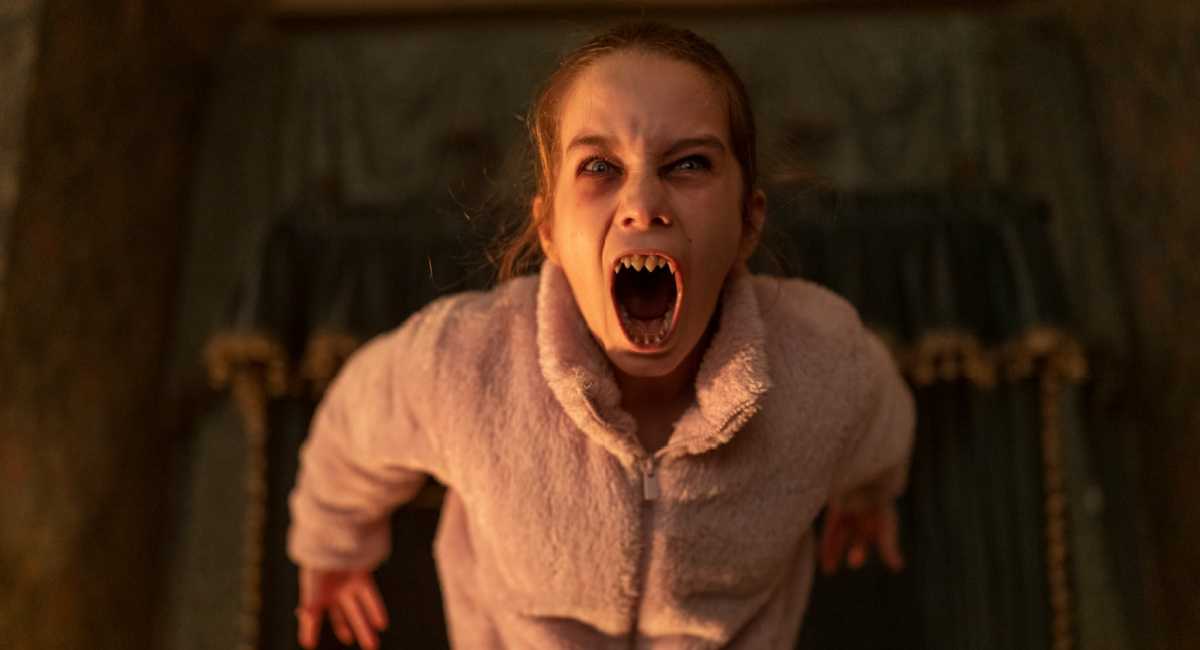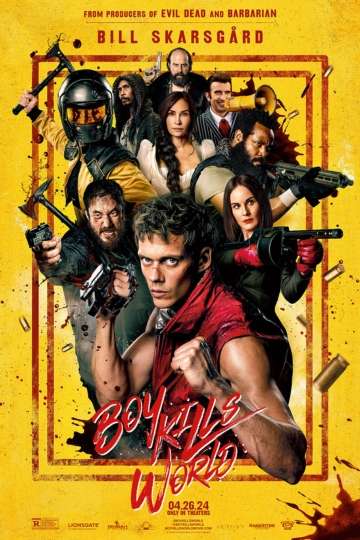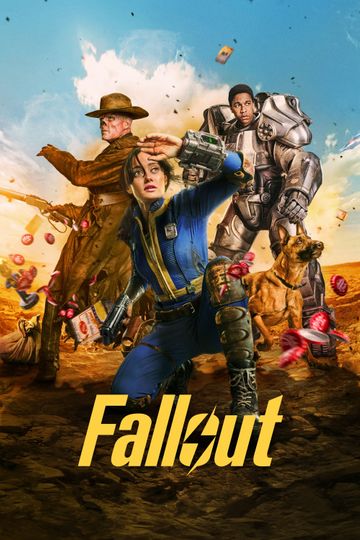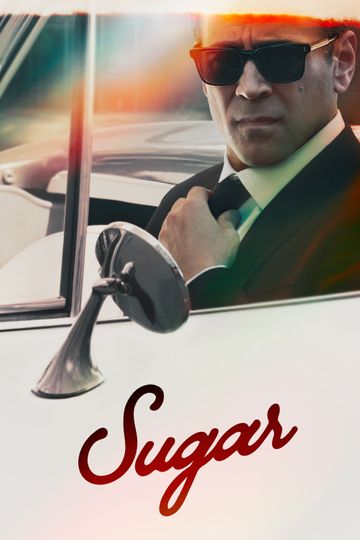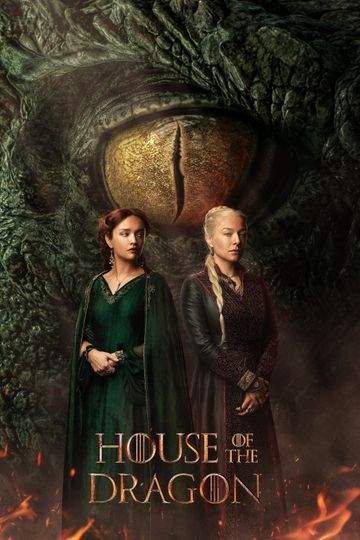Why the Found Footage Genre Is Broken (and How to Fix It)
This week, "Project Almanac" comes out in theaters nationwide. It's the tale of a group of teenagers who stumble upon a time machine and use it for their own personal gain. It harkens back to movies like "Back to the Future," with the potential hazards of messing with the space-time continuum revealed as the movie goes along. But the movie is filmed as though it is being recorded by one of the kids, in an aesthetic commonly referred to as "found footage." That's right, it's grainy and shaky and purposefully amateurish, and while the movie mostly works, it's still not enough to make you wish the movie was photographed and edited like an actual movie.
The found footage genre, exemplified by genre exercises like the "Paranormal Activity" series, has reached an impasse. Audiences are bored with it, and there's been barely any new spin on the aesthetic since 1999's groundbreaking "The Blair Witch Project." There were films that were supposed to feel real, but those mostly took the form of phony documentaries (mockumentaries), perfected by Christopher Guest, who starred in "This Is Spinal Tap" and went on to direct "Best in Show," "Waiting for Guffman," and "A Mighty Wind." Found footage is typified by the idea that something horrible has gone wrong, someone has found this footage and are thus now screening it. Who put the footage together, editorially, almost always remains an unsolved riddle, although one of the very best found footage movies, George A. Romero's "Diary of the Dead," addresses this issue hilariously.
And that's one of the reasons why the found footage genre is currently broken: it's not funny enough or self-aware enough. The entire subgenre is a stylistic quirk, and usually housed inside of other genres that are known for their playfulness or willingness to experiment (there are, of course, rare dramas like "Time Code" and "End of Watch"). This should be mandated, even in movies that are scary -- have fun. This is why the original "Blair Witch Project" and "Cloverfield" were such smashes -- they invited you in and that inclusiveness made them funnier and scarier. It can be a sly wink or a repeating gag but some acknowledgement of the ridiculousness of the scenario should be made... and then we should all move on.
Which brings me to another thing that all found footage movies should do, which is stick to the rules. This is a genre where dozens of people are asking you to believe that it's the work of a handful of nonprofessionals, and yet the phoniness of the set-up keeps rearing its ugly head. Anytime one of these movies has a score I want to scream at the screen: Why would there be a score if we're watching the footage following some apocalyptic event? Who put it there? Ditto a title sequence where you list off the cast members. This happened in the opening moments of Ti West's otherwise convincing "The Sacrament," ruining a terrific premise before the movie even had a chance to get going. Even "District 9," arguably one of the best science-fiction movies of the last decade, waffles when it comes to key issues of perspective and point-of-view. Who, exactly, is filming the prawns when they're alone? Movies are a magic trick, and found footage movies require an even defter amount of sleight of hand. Filmmakers who commit to the conceit need to follow through or lose it entirely.
Of course, that's not to say they can't mix and match. One of the best things about "[rec] 3," the third film in a series of Spanish-language found footage zombie movies, is when, after about 30 minutes, the camera is broken and it just turns into a real movie. Now that is fun. There could also be a scenario where we are watching, in a more traditional narrative sense, a group of characters discover the footage, wherein the movie could switch to the found footage style and then switch out for the bookends. This would have been nifty for something like, say, "The Thing" remake/sequel. (But there wasn't a single great decision made on that movie, so it's kind of a moot point.)
What's so infuriating about the found footage genre, too, is that it was a way to enliven the horror genre when it was ailing, by both calling back to previous horror films that had a pseudo-documentary look (everything from "The Texas Chainsaw Massacre" to "Cannibal Holocaust") but pushing things forward technologically. (Since, of course, horror movies do a great job of refracting and presenting modern fears in mythological contexts.) But just as quickly as the found footage genre was freshening up a stale brand, it became stale itself, complete with hoary clichés that are trotted out, time and time again (including, of course, the old "turn on the night vision to see the monster lurking in the dark" trick). One of the best ways to avoid this trope and to add some dynamism is for the filmmakers to "collect" the footage from various sources; this is what makes Barry Levinson's little-seen gem "The Bay" stand out (as well as the climax from "Chronicle"). You can maintain the found footage POV while still drawing upon many sources, and is something that should be implemented more frequently.
"Project Almanac" isn't exactly a great movie, but it is a good one, and it shows that there is an elasticity in the types of stories that you can tell with the format. Which brings us to how the genre can be saved. In addition to sticking to the rules (or ignoring them altogether) and having a more playful attitude towards the genre's built-in restrictions, there should be different types of found footage movies. Why hasn't there been a found footage romantic comedy? Especially considering how many relationships develop online, either through various forms of social media or via internet dating websites. Now that would be incredible. Or what about a found footage period film, perhaps in the '80s, around the advent of the camcorder technology? (Yes, I know one of the "Paranormal Activity" movies did this, but I'm talking an out-and-out period film, along the lines of what Oscar-nominated foreign film "No" tried to do.) Now that would be fascinating.
I can't wait to see what the next take on found footage is, but if it's ghosts creakily opening doors, I might be done with found footage forever.






